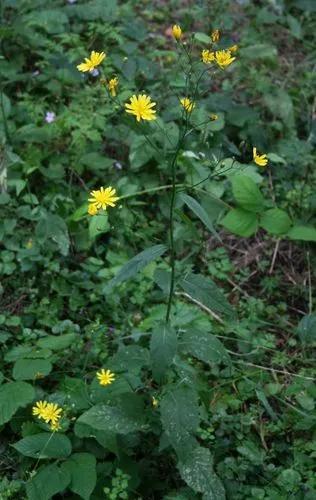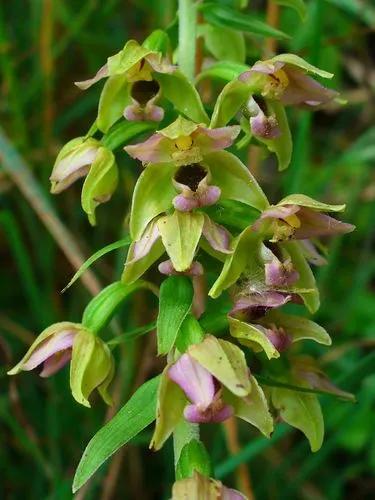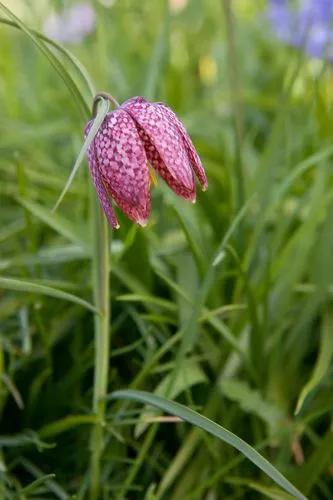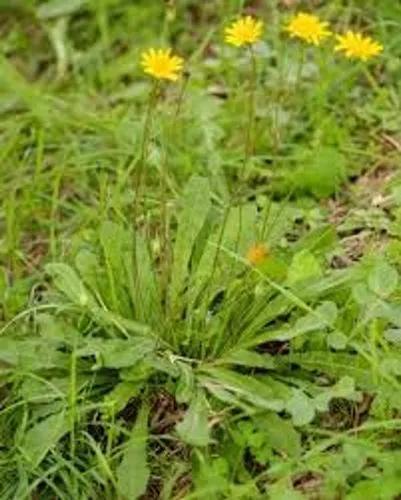Yellow pitcher plant is found from southern Alabama, through Florida and Georgia, to the coastal plains of southern Virginia, North Carolina and South Carolina. It grows in wet savannas and pine flatwoods, seepage slopes, and bogs. Sarracenia flava is a perennial herb with leaves modified into erect, tubular pitchers which are 25 - 95 cm tall, bright yellow, narrow at the base and widening to an opening partially covered by a hood; the narrow neck at the base of the hood is usually dark red; pitchers do not overwinter. Flat, curved, non-pitcher leaves, 12 - 30 cm tall develop after flowering and persist through the winter.These plants capture and digest insects and other small animals in their pitchers. Nectar is produced by glands around the top of the pitcher, luring animals to the opening with its sweet smell. Stiff, down-pointing hairs line the pitcher, encouraging animals to slide in and then impeding their escape. The red veins and neck on the pitchers of Yellow pitcher plants attract insects and direct them into the pitcher. Enzymes dissolved in water in the base of the pitcher digest the animals, making nutrients, particularly nitrogen, available for absorption by the plant.
Yellow Pitcherplant Care
Sarracenia Flava



How to Care for the Plant

Water

Use mineral-free water or water low in minerals. Keep the soil moist all year long, but plant crowns should not sit for prolonged periods in water. You can use a saucer under the pot, and reduce and remove it in winter.

Fertilizer

Do not fertilize the plants. Kept outside, the plant will catch more than enough food for themselves. If you keep your plants indoors, you can feed them with dried insects every few weeks.

Sunlight

Yellow pitcher plant can grow in full sun.

Soil

Use a soil mixture of 1 part peat moss and 1 part perlite. Never use potting soil, compost or fertilizer; these ingredients will kill your plants.

Temperature

The plant need the temperature of between 5 and 15 ° C in winter and 20 to 40 ° C in summer. In summer, the plant can be grown outdoors without problems. But in winter it have to avoid frost. We can keep the plant at higher temperatures, inside a house for example, but we will then take the risk of reducing its life. It can be installed in outdoor peat bogs because it can withstand temperatures of -12 ° C.

Container

Plants may also be grown in pots/containers (plastic best) placed outside on a sunny deck or patio area. Container soils can be 70% blonde peat + 20% sand + 10% vermiculite. Potting soil and/or fertilizer may kill the plant. Containers should be placed in a tray of water that keeps the soil constantly moist Due to the size of the plant use a pot of 13 cm minimum. A pot too small will prevent it from developing normally. Repotting will take place in spring until early summer.

Popularity

1,336 people already have this plant 133 people have added this plant to their wishlists
Discover more plants with the list below
Popular articles






